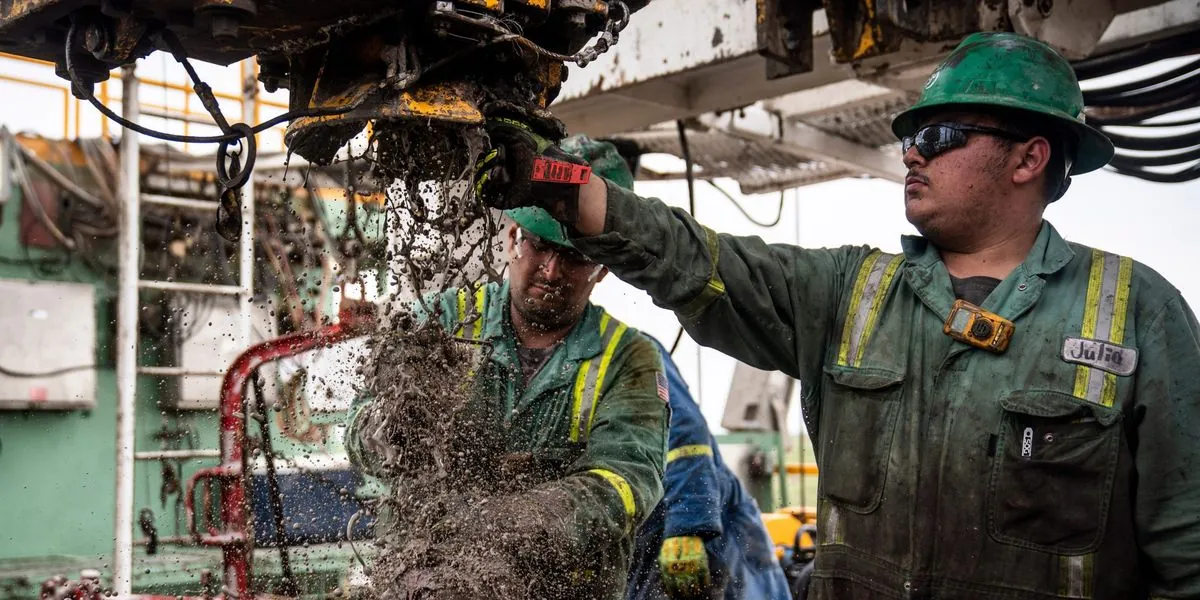The US shale industry is experiencing a significant shift, with onshore oil rig counts at their lowest since 2021. This decline, attributed to industry consolidation and tighter spending, has prompted oil-field contractors to seek growth opportunities abroad.
Helmerich & Payne Inc., a prominent rig supplier, recently made a bold move by acquiring KCA Deutag International Ltd., a UK-based driller with substantial operations in the Middle East, for $1.97 billion. This acquisition represents a significant bet for the $4 billion company, highlighting the growing appeal of international markets.
John Lindsay, CEO of Helmerich & Payne, explained the company's strategy:
"We realized the market in the US was evolving, with growth opportunities more measured. If you want to be big in the US, you have to be in the Permian. And if you want to be big globally, you have to be in the Middle East."
The Middle East market is projected to grow by 9% annually through 2026, contrasting sharply with the modest 2% increase forecasted for US land rig deployment for the remainder of 2024.
Major oil-field service providers like SLB, Halliburton Co., and Baker Hughes are also noting strong international demand, particularly in countries such as Saudi Arabia. These companies are betting on overseas growth to offset potential weakness in the domestic market.
The shift in focus comes as the Permian Basin, the world's largest shale patch, experiences a decline in rig count this year. This trend reflects the broader changes in the US oil industry, where companies are prioritizing shareholder returns over aggressive expansion.
As the energy landscape evolves, the global oil market remains volatile. Oil prices are currently trading near a six-week low, with Brent futures below $81 a barrel. This price movement reflects the complex interplay of positive Chinese economic data, renewed tension in the Middle East, and persistent concerns about global demand.
The upcoming earnings season for major oil companies will provide further insights into the industry's health. BP Plc, Shell Plc, Chevron Corp., and Exxon Mobil Corp. are set to report their second-quarter results in the coming days. Collectively, these companies, along with TotalEnergies SE, are forecast to post $27.8 billion in adjusted net income, a 6.6% decrease from the first quarter.
As the industry navigates these challenges, the global energy market continues to evolve. China's main grid operator has announced record spending to improve transmission infrastructure, potentially benefiting metals like copper and supporting the country's push towards renewable energy use.
Meanwhile, the potential formation of a La Niña weather pattern later this year could have significant implications for agricultural commodities, particularly cocoa production. This shift may provide relief from the impacts of the current El Niño cycle, which has been one of the strongest in nearly a decade.
These developments underscore the interconnected nature of global energy and commodity markets, highlighting the need for adaptability in an ever-changing economic landscape.
